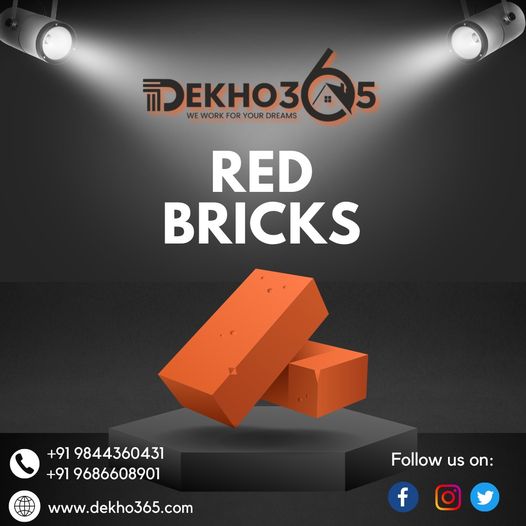
Introduction
In the realm of commercial brick selection, selecting the most suitable brick is crucial for achieving both aesthetic appeal and structural integrity. Various factors influence this decision, ranging from durability and sustainability to design flexibility and cost-effectiveness. This comprehensive guide delves into the considerations involved in choosing the Best brick for commercial construction.
Durability and Longevity
Durability and Longevity of Bricks
When Best brick for commercial construction projects,, durability plays a pivotal role in ensuring the longevity of the structure. Bricks made from high-quality materials, such as fired clay or concrete, offer exceptional resilience against weathering and wear. Their ability to withstand environmental elements like moisture and temperature fluctuations enhances the structural stability of commercial buildings over time.
Advantages of Longevity
The longevity of bricks not only reduces maintenance costs but also reinforces the reliability of the building. Architects and developers prioritize Best brick for commercial construction that provide long-term benefits, thereby ensuring that commercial structures stand the test of time. Incorporating durable bricks into construction plans underscores a commitment to quality and sustainability, resonating positively with stakeholders and clients alike.

Design Flexibility and Aesthetic Appeal
Flexibility in Design
Commercial construction often demands a balance between functionality and Best brick for commercial construction. Bricks offer unparalleled design flexibility, enabling architects to create distinctive facades and interior spaces that align with the project’s vision. Whether opting for traditional red bricks or exploring modern textures and colors, the versatility of brick allows for creative expression without compromising structural integrity.
Aesthetic Appeal
The aesthetic appeal of bricks contributes significantly to the overall impression of a commercial building. The rich textures and warm tones evoke a sense of craftsmanship and timelessness, making brick an enduring choice for architectural design. From sleek, contemporary offices to rustic industrial complexes, Best brick for commercial construction enhance the visual impact of commercial properties, fostering a welcoming environment that attracts tenants and visitors alike.
Sustainability and Environmental Impact

Sustainable Building Practices
In an era focused on sustainability, the choice of building materials holds immense significance. Bricks made from natural clay or recycled materials align with sustainable building practices, minimizing environmental impact while maximizing energy efficiency. Their inherent thermal mass properties contribute to improved insulation, reducing the building’s reliance on heating and cooling systems.
Environmental Benefits
Opting for sustainable bricks demonstrates a commitment to environmental stewardship. Developers and investors recognize the value of eco-friendly construction materials in meeting regulatory standards and achieving green building certifications. By integrating sustainable bricks into commercial projects, stakeholders promote responsible development practices and contribute positively to community and environmental well-being.
Cost-Effectiveness and Economic Viability
Cost-Effective Solutions
Commercial developers prioritize cost-effectiveness when selecting construction materials. Bricks offer competitive pricing compared to Best brick for commercial construction, making them a cost-effective solution for large-scale projects. The durability and low maintenance requirements of bricks translate into long-term savings, offsetting initial investment costs and enhancing the overall economic viability of commercial developments.
Investment in Quality
Investing in quality bricks underscores a commitment to value and reliability. Commercial properties constructed with durable, aesthetically pleasing bricks command higher market value and rental yields, appealing to discerning investors and tenants seeking long-term asset appreciation. The financial benefits of using high-quality bricks extend beyond construction, influencing the profitability and sustainability of commercial real estate ventures.

Conclusion
In conclusion, selecting the best brick for commercial construction involves a meticulous evaluation of durability, design flexibility, sustainability, and cost-effectiveness. Bricks not only enhance the structural integrity and aesthetic appeal of commercial buildings but also align with sustainable building practices and economic viability. Architects, developers, and investors recognize the intrinsic value of bricks in creating enduring, attractive, and environmentally responsible commercial properties. By prioritizing quality materials and strategic design, stakeholders can achieve superior outcomes in commercial construction projects, fostering lasting impressions and maximizing return on investment..

